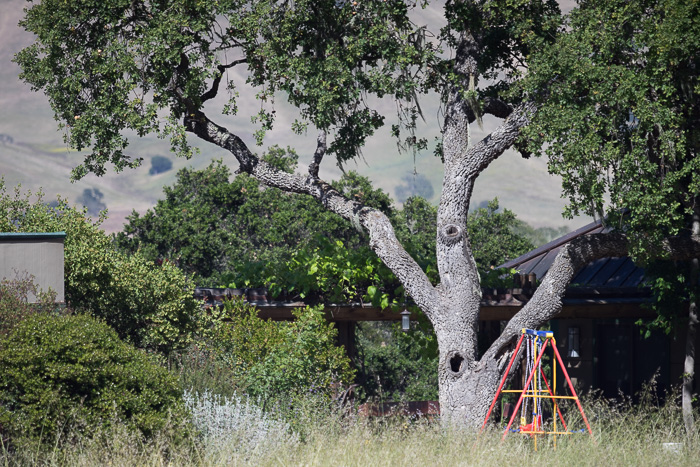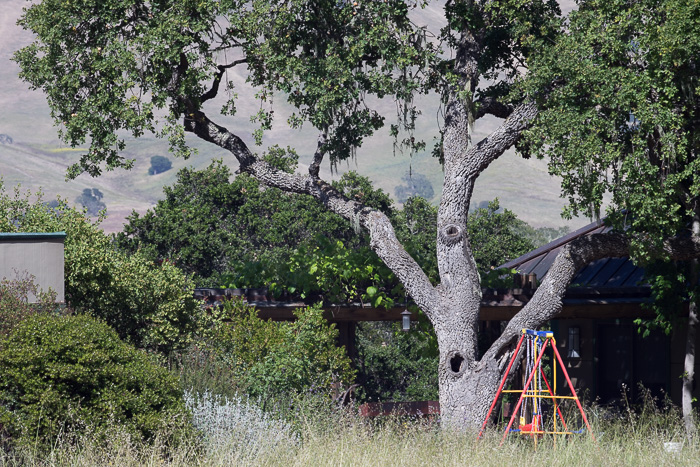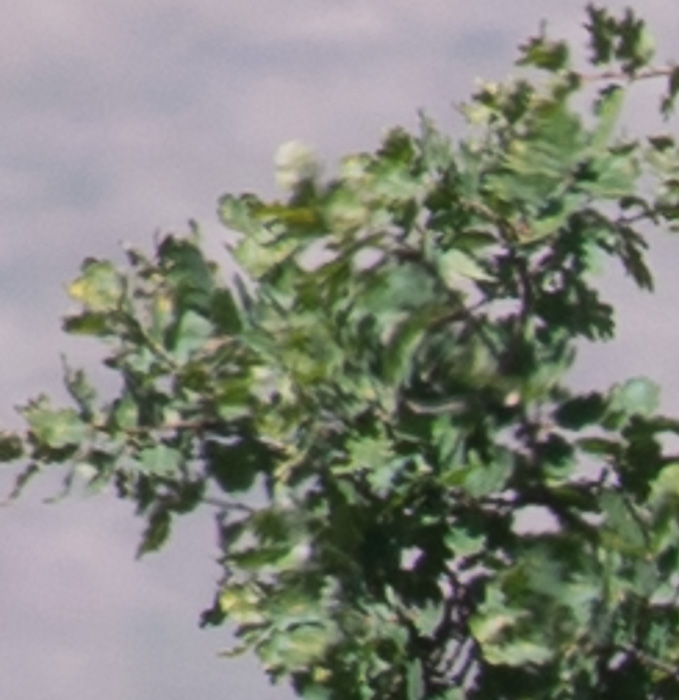Yesterday, I posted some early testing results for the Nikon 300mm f/4E PF ED VR QP (I just threw that last pair of letters in there to see if you were paying attention) on the Nikon D810. I have access to a cult lens of similar focal length and aperture, the Leica 280mm f/4 Apo-Telyt-R.
I thought it might be instructive to see how the Leica legend compared with the Nikon new kid on the block. What camera to use? the Sony a7R has lots of resolution, but its shutter shock precludes lens testing at these long focal lengths. I picked the a7II, which has electronic first-curtain shutter (EFCS), which is really nice for long lenses. Then I ran into a problem. The new Nikon lens has only electronic control of the diaphragm; there’s no lever. All the adapters that I have are either totally dumb, or can only control the diaphragm in Nikon G-series lenses. The only way I could test the Leica and the Nikon lens on the same camera was with the Nikon lens wide open. Pretty limited, but I carried on.
Here’s an aperture series with the Apo-Telyt. I focused on the leaves in the upper left corner. Sony a7II on Arca Swiss D4 head on RRS legs, EFCS on.





The vignetting is similar to what we saw with the Nikon 300 yesterday: definitely noticeable, but not difficult to deal with wide open, down at f/5.6, and no problem at f/8 and beyond.
Here’s the Nikon image of the same scene:

The exposures were the same for the f/4 shots with the Leica and the Nikon lenses, but I added 0.42 EV of Exposure boost in Lr 6 to get the luminance of the two images to approximately match. Since it looks like I overdid it a hair, we can surmise that the Leica passes about a third of a stop more light than the Nikon. Looking carefully at the images, we can also see that the Leica’s vignetting at f/4 is somewhat stronger than the Nikon’s.
Now, let’s look at the upper left corner, blown up 300% by Lightroom’s export code from a 1:1 crop.

Looking good wide open.

Better stopped down a stop.

Marginally better at f/8.

Diffraction rears its ugly head.

Getting a bit soft, at least by comparison to the wider apertures.
Now the Nikon, with another crack at the wide-open Leica image for comparison:


That’s amazing! Not only is the Nikon holding its own, I’d say that, on contrast and sharpness, it’s outperforming the rare and expensive German lens wide open. The Leica image is remarkably free of chromatic aberration, though, as are the Leica images at all stops. The Nikon has green fringes on the right edges of he foliage, and violet ones on the left leaf edges. CA was a lot bigger deal in the wet-processing days than it is now, but the green fringes on the green leaves might be a little tricky to remove automatically. Well, I gave it a try, and Lr surprised me by what a great job it did on both the purple and the green fringing, and all just by clicking the remove CA box after enabling the lens profile.
Interesting sidelight. Not that I wanted to for this tripod mounted series, but there’s no way to set 280mm into the a7II’s in-body image stabilization (IBIS) system. Either the Sony folks think that this Leica lens, and its less rare f/2.8 brethren, are not worth bothering with, or they don’t think people will hand hold them. In the case of the f/4 Apo-Telyt, they may be right. At four and a half pounds, I wouldn’t want to handhold it for any length of time, though the Nikon is a pleasure to hand hold.
CarVac says
If it behaves like a Canon lens, you can press the depth of field preview button and unmount the lens and it will hold a set aperture. It’s not great for a series of photos like you are doing, though.
HFLM says
The Nikon seems to be a great lens. Still deciding between this and 300/2.8, which one gets used for about the same price.
Jim says
I used the 300/2.8 MF lens for almost 20 years. I currently have the 400/2.8. Neither of these are handholdable, at least by me. The 300/4, OTOH, is a a great hand held lens,and easy to pack for travel. I would think if the size and weight of the 300/2.8 is no problem for you, that should be your lens.
Mathias says
Thank you for comparing. But honestly I can not follow your conclusion that the Nikon is outperforming the Leica:
1. the light-transmission of the Leica is “a third of a stop” better
2. wide-open the leica shows no CA at all
3. from your examples I cannot see that the Nikon is sharper
So in terms of weight and price you may be right, but not in image quality.
Roger says
This is very interesting, wonder how it perform on a different sensor?
Can you check if its the same at the center?
Jim says
Center images with the Nikon 300 and D810 (slightly higher resolution) are here:
http://blog.kasson.com/?p=10022
The Leica 280 also offers excellent center performance, although I can’t test it on the D810, and shutter shock issues would prevent meaningful results on the a7R. When I get an a7RII, maybe I’ll give it a try.
Jim
M. R. Morris says
I own both and use both regularly. I shoot the 300mm PF on both a D810 and a D7200. I shoot the Leica on an a7II, and have used it on m43 as well. As good as the 300mm PF is, it doesn’t come anywhere near the image quality the Leica 280mm f/4 can produce. As a compact, light, long telephoto for general use, the 300mm PF is great, spectacular at close distances. But for details on contoured surfaces, such as feather detail on birds, the Leica 280mm f/4 is noticeably better than any other lens I’ve ever shot with, including both Nikon and Canon 300mm f/2.8 lenses.
Brandon says
Hi Jim
Great articles BTW, and you explain the concepts very well, and conduct excellent experiments.
I have the 280/4 and recently the A7R2. Have you compared focal length settings (250 and 300mm) vs disabling the stability setting for hand holds? For your tripod mounted tests (eg shutter shock) have you always disabled the electronic stability setting?
JimK says
No, but 300 should be marginally better.
You mean IBIS? If so, yes,.